Oregon’s relationship with Daylight Saving Time (DST) has been a topic of much debate and legislative action in recent years. In 2019, both Oregon and Washington passed bills aiming to observe DST year-round, signaling a move away from clock changes that many find disruptive. The idea was to eliminate the need for residents to “fall back” or “spring forward,” but instead to stay in DST. But that has some issues.

The push for permanent DST in Oregon reflects a broader dissatisfaction with the current system. An informal poll suggested a significant preference among Americans to do away with the clock-changing practice, with many favoring more light in the evenings. However, the implementation of permanent DST in Oregon, Washington, and California has been stalled, partly due to legislative challenges in California and the need for federal approval. This federal approval is required because of the Uniform Time Act, which currently does not allow for year-round DST. If these states wanted to stay abolish DST, this wouldn’t be an issue. To abolish DST you do not need federal approval. Hawaii did this in 1967 with Arizona following the next year in 1968. Currently there are only 2 states who abolished DST.

So why doesn’t Oregon, Washington, and California just abolish DST instead of trying to stay in Daylight Savings Time? Simply put, We want more light at the end of the day. If we abolished DST we would permanently get dark on the shortest day, Winter Solstice when the sun went down at 4:30pm. If we stay in DST, the sun would go down at the earliest 5:30pm. This is more appealing to Oregon, Washington, and California than getting dark so early.
Despite bipartisan support in the U.S. Senate for the Sunshine Protection Act, which proposed making DST permanent across the country, the bill stalled in the House, leaving states like Oregon in a holding pattern. The debate includes considerations about whether more daylight in the evenings (as would be the case with year-round DST) or in the mornings (with standard time) is preferable, with implications for everything from energy usage to public health.
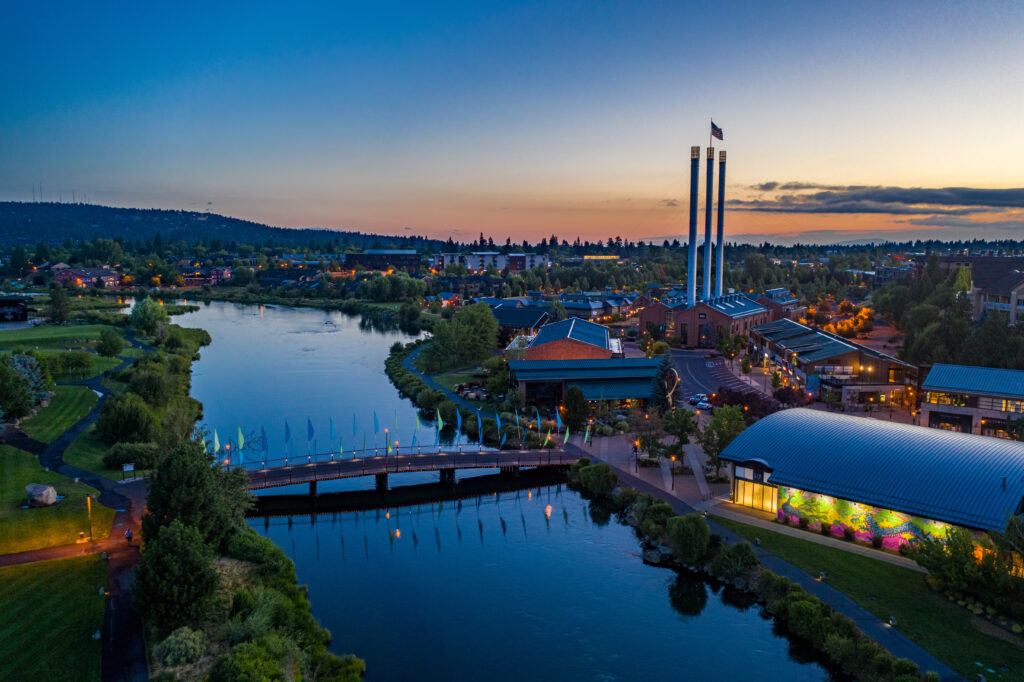
For Central Oregon, the implications of this legislative limbo are significant. The region’s outdoor-centric lifestyle, economic activities tied to agriculture and tourism, and the general well-being of its residents could all be affected by a permanent shift to DST. Proponents argue that extended evening daylight could benefit outdoor activities, reduce energy consumption, and possibly even improve mental health by reducing seasonal depression. However, sleep experts caution against underestimating the importance of aligning human circadian rhythms with natural light patterns, suggesting that standard time might actually be healthier.
As of now, Oregon and its Pacific Time Zone neighbors are in a sort of waiting game, with actions at both the state and federal levels potentially influencing the outcome. The situation highlights the complex interplay between local preferences, state legislation, and federal law in determining how and when we observe time.
FUN FACT: Although Arizona abolished Daylight Savings Time. The Navaho Nation still practices Daylight savings time. But, they made a resolution as of March 2024 to follow the US Government lead to avoid any conflict.




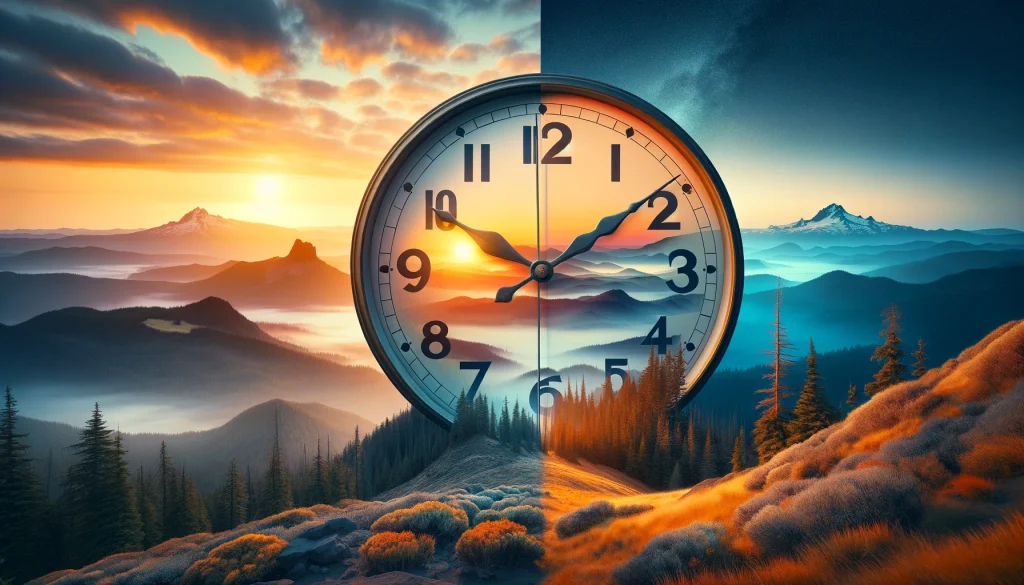

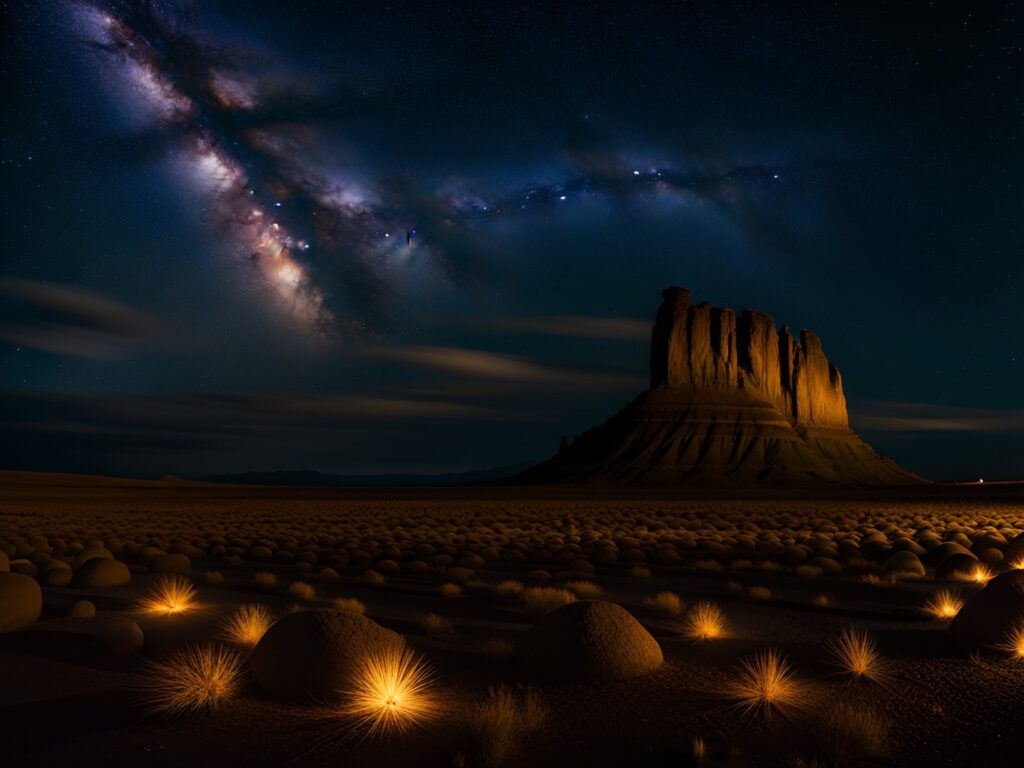
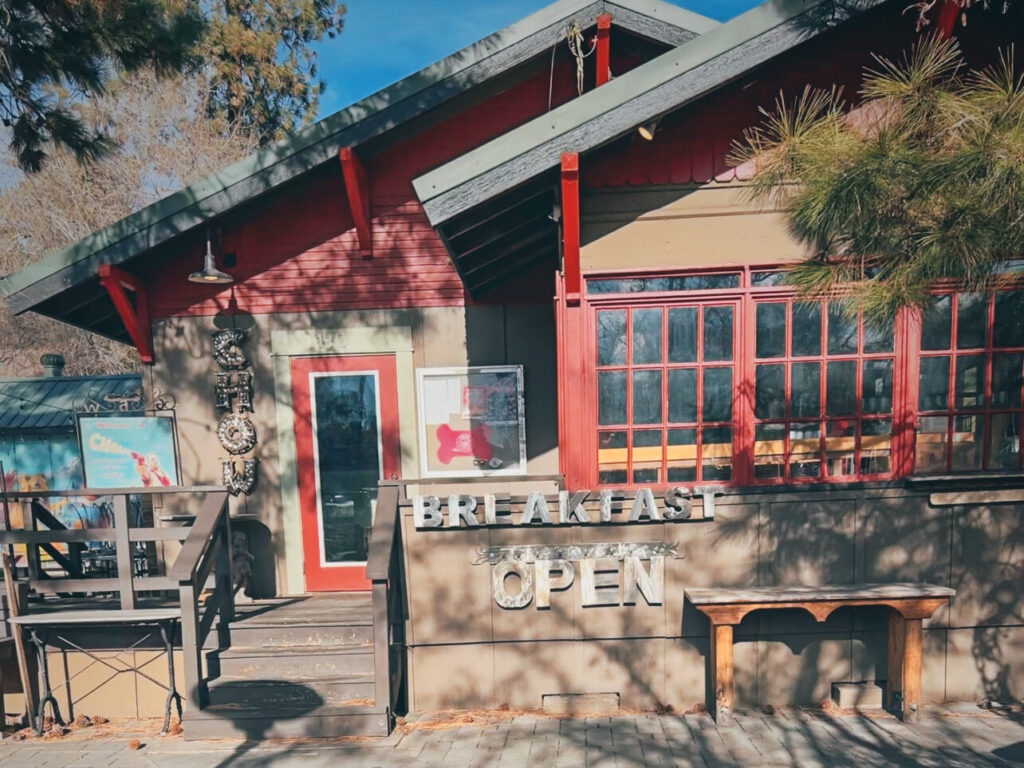


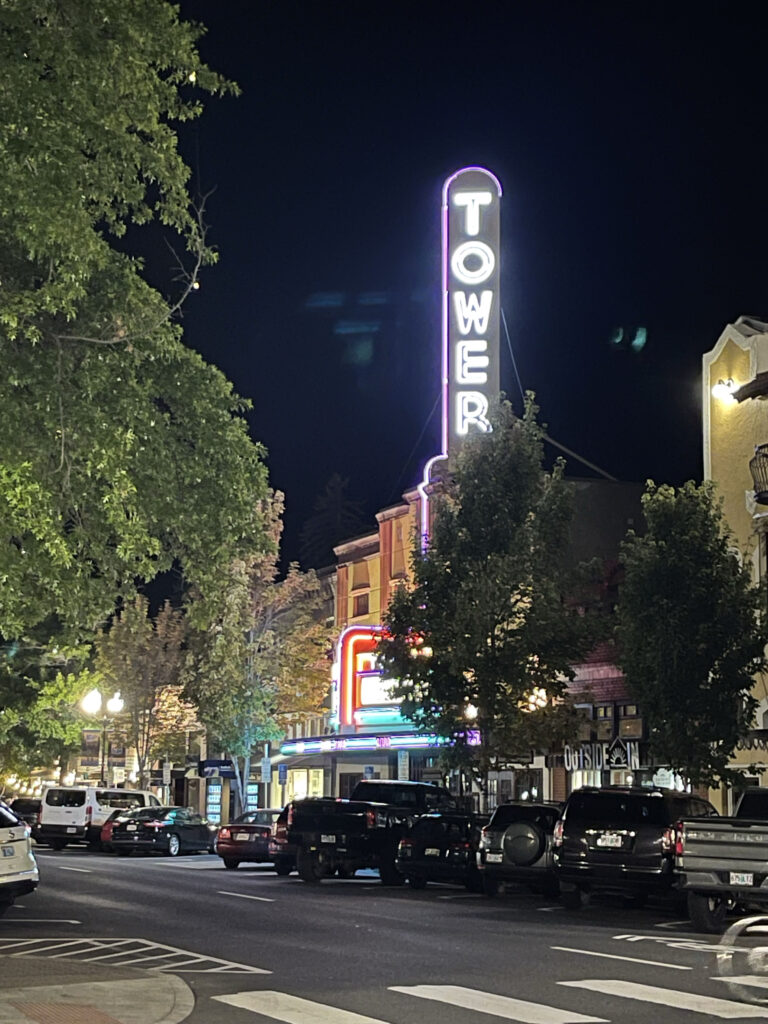

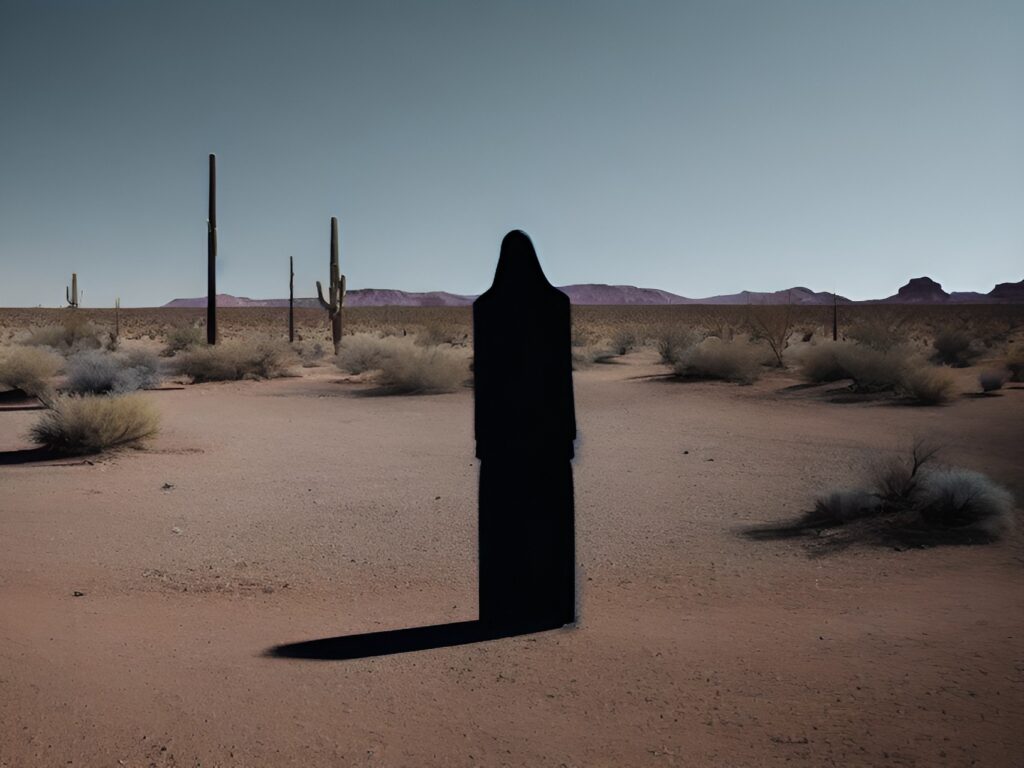
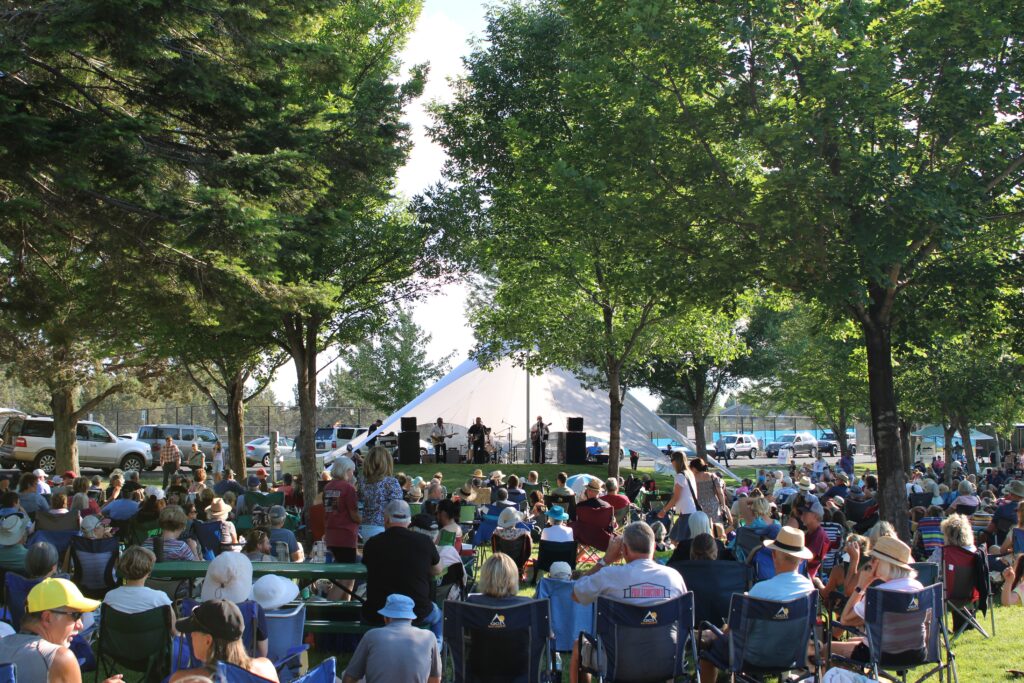
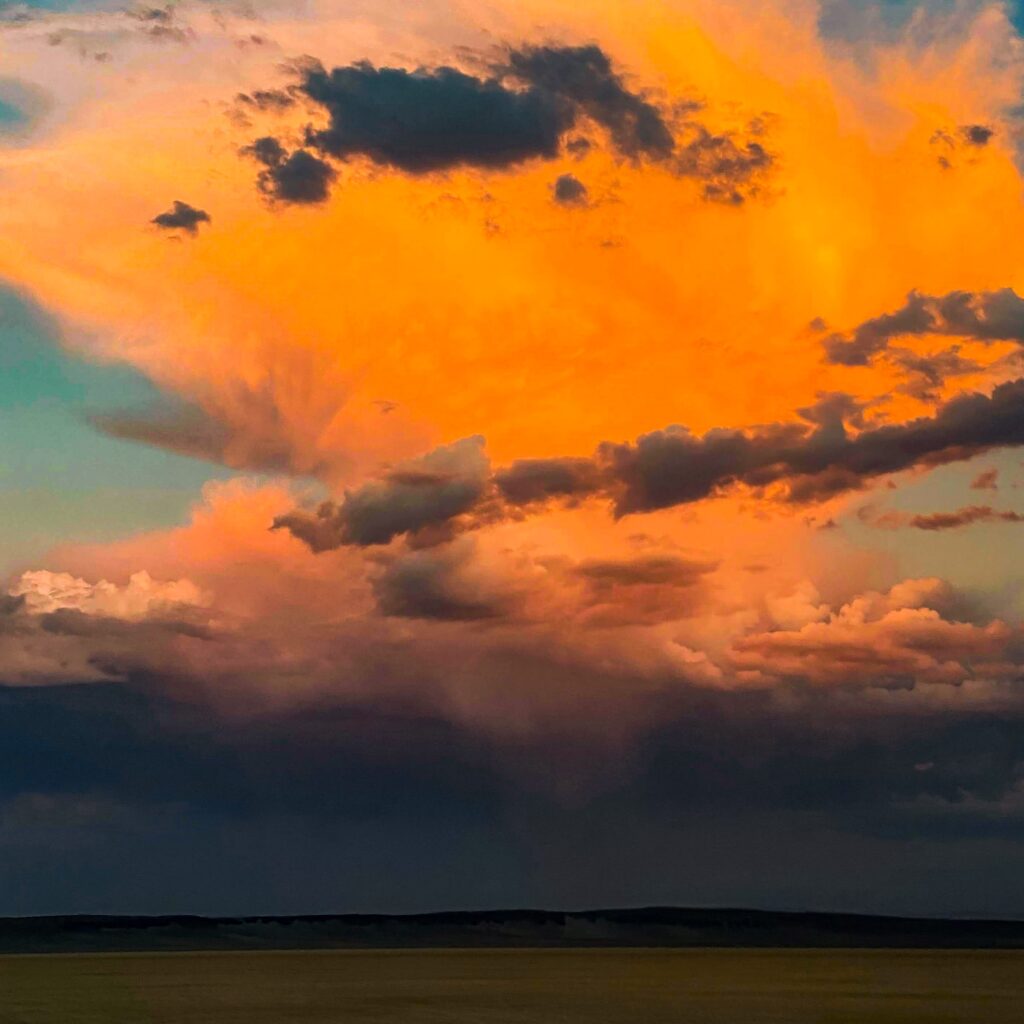


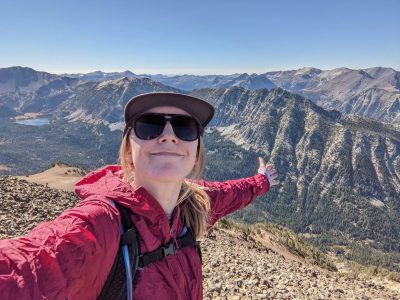

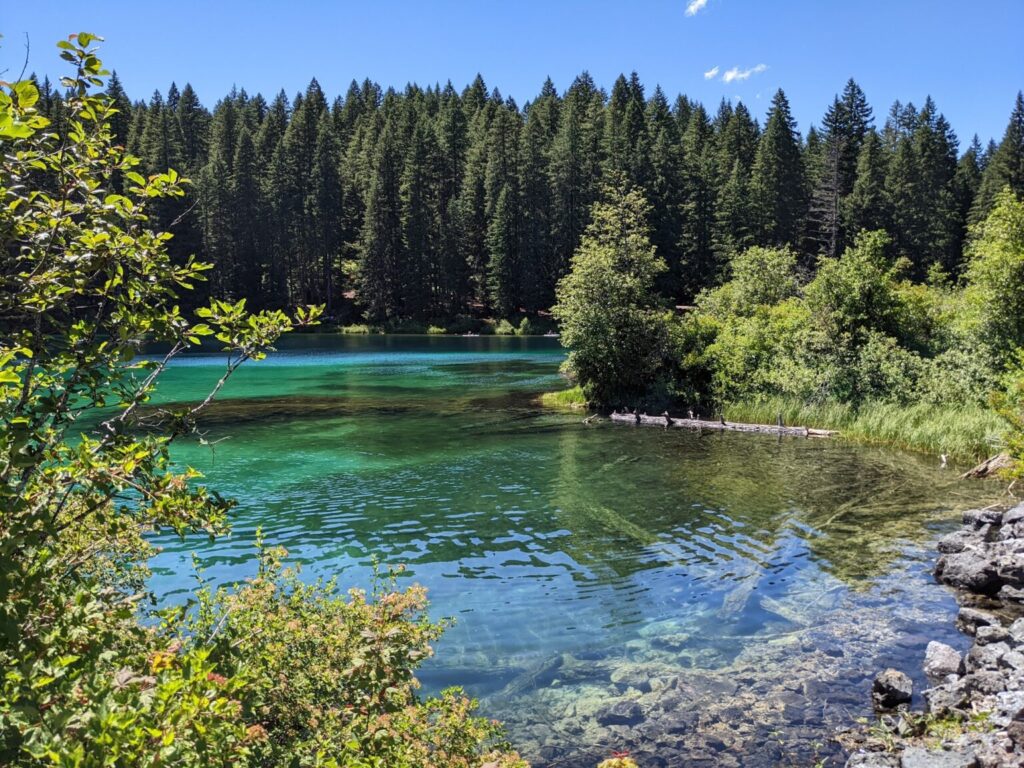


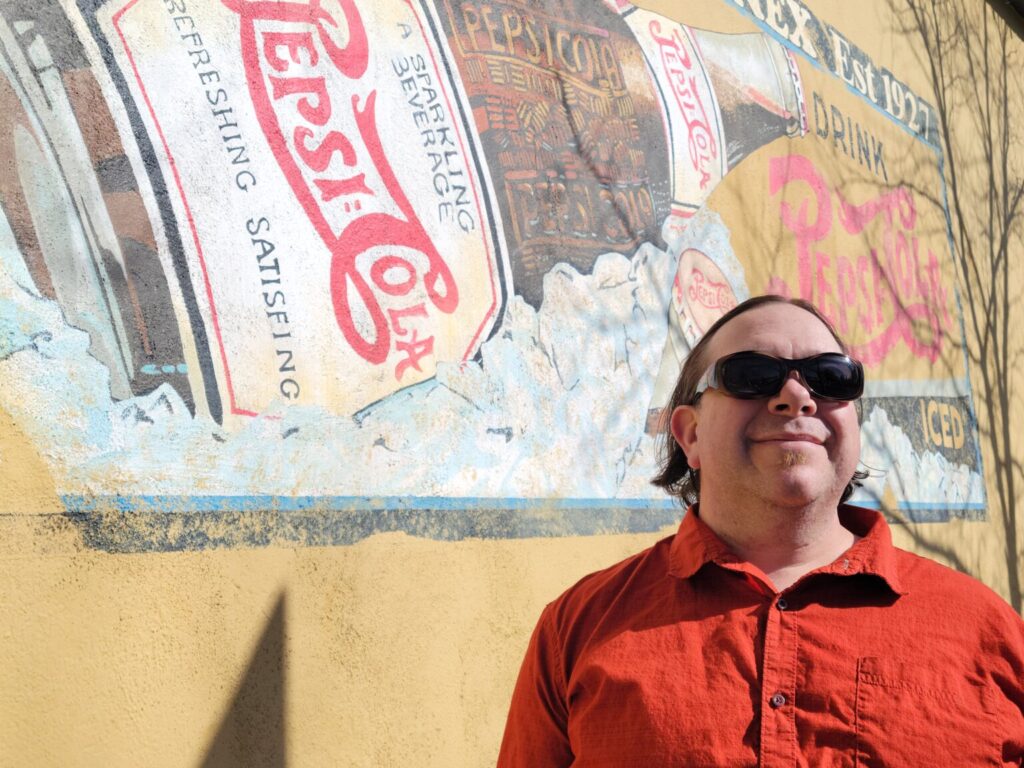










fitspresso recipe
17th Mar 2024Your blog is a ray of sunshine in a sometimes dark and dreary world Thank you for spreading positivity and light